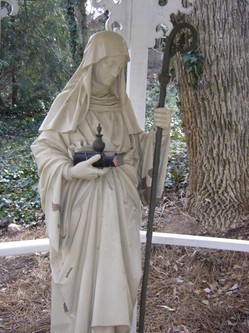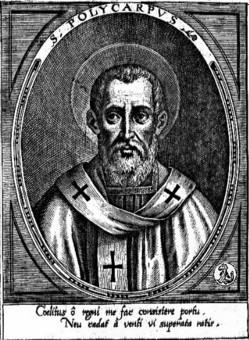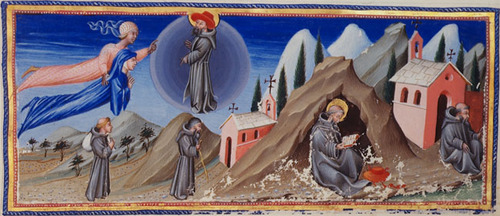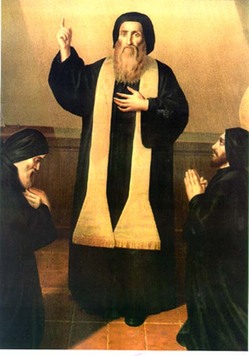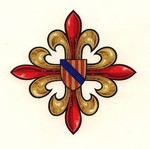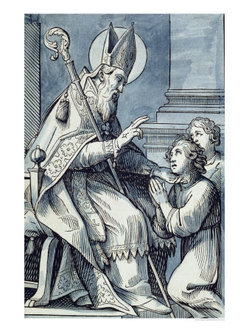A while ago, a friend contacted me and said, "we ought to find out about Anne Line!" She had learned something of her story and wanted to know more. We set out together by car from my house in the southern suburbs and -- after, I'm afraid, a couple of dreadful muddles -- we eventually arrived at Dunmow in
She grew up at Dunmow, the daughter of William Heigham, who was a staunch supporter of Calvinist doctrines, and who disowned both her and her brother when they announced their conversion to Catholicism as young adults. Anne married a fellow convert, Roger Line, but their time together was short, as not long after the wedding he was arrested for attending Mass -- at that time a serious offense -- and exiled. He died abroad in 1594.
Anne devoted the rest of her life to harboring priests and making arrangements for them to say
Today, there are two churches in
Joanna Bogle
The Women Saints of
